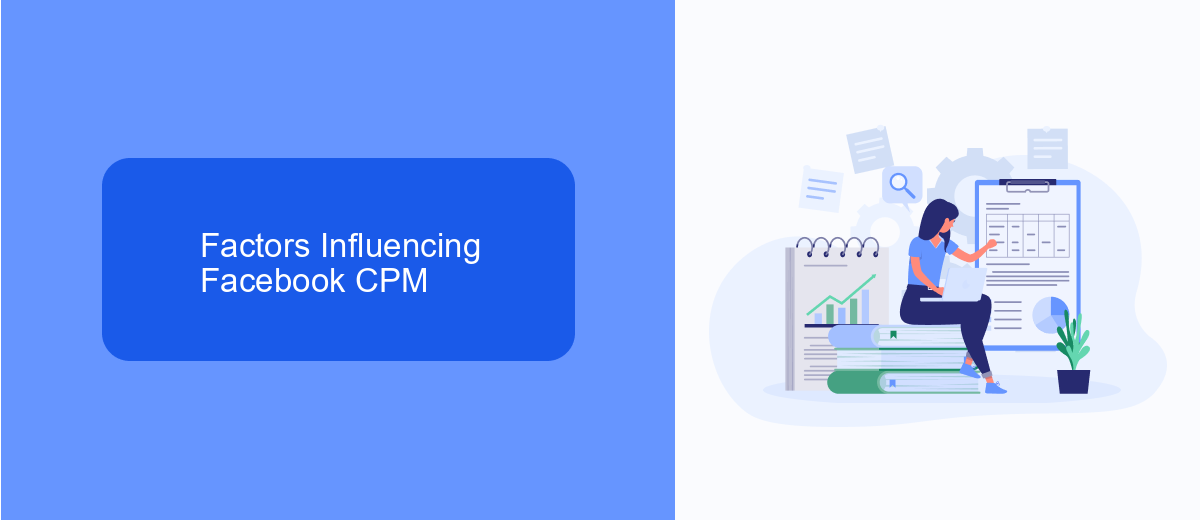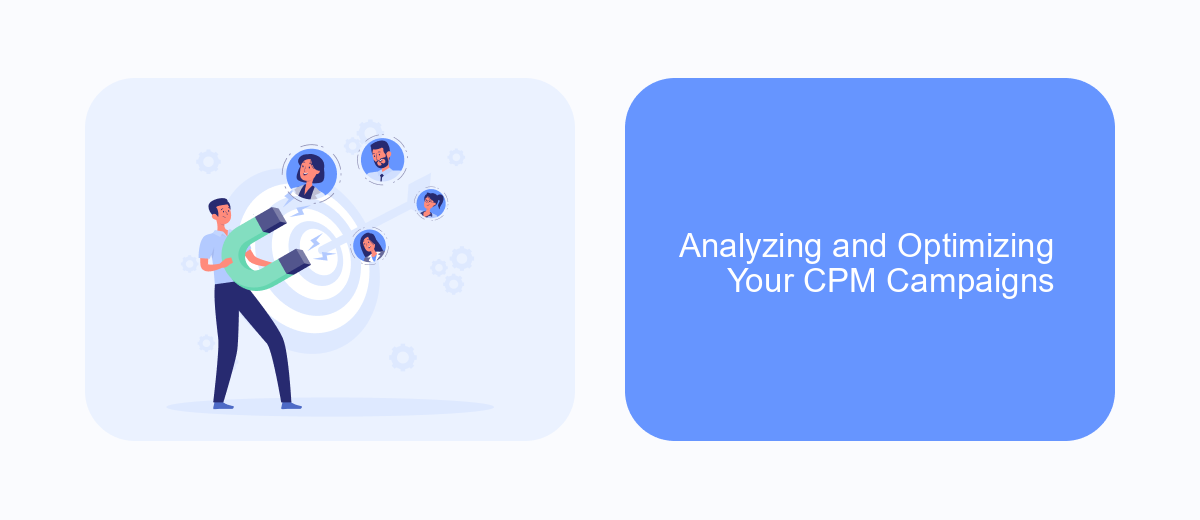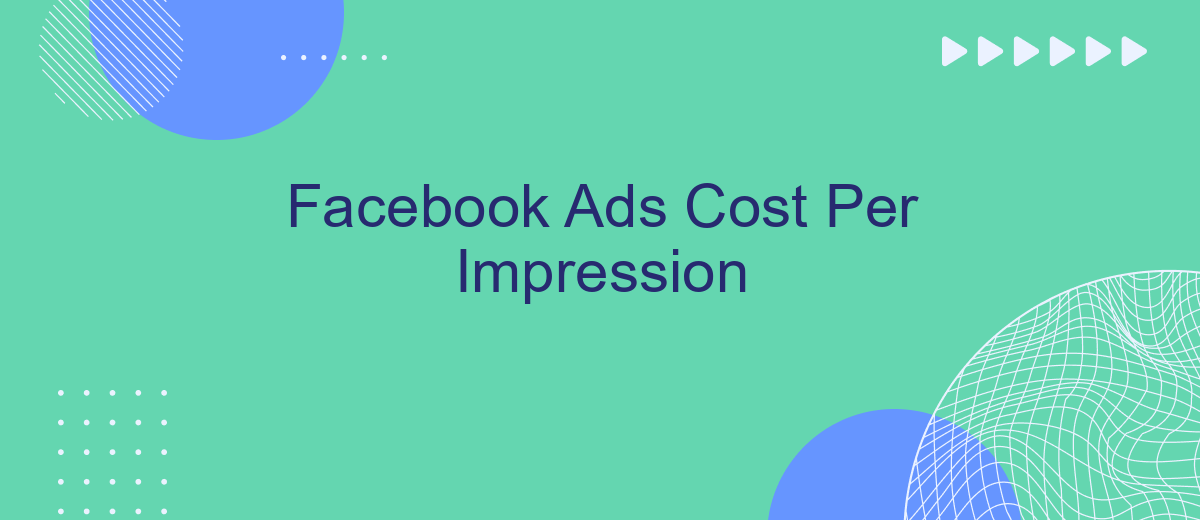Understanding the cost per impression (CPM) in Facebook Ads is crucial for businesses aiming to maximize their advertising budget. CPM represents the price you pay for every 1,000 impressions, making it a key metric for evaluating the efficiency of your ad campaigns. In this article, we will explore the factors influencing CPM and offer strategies to optimize your ad spend for better reach and engagement.
Understanding Facebook Ads Cost Per Impression (CPM)
Cost Per Impression (CPM) is a crucial metric in Facebook advertising, representing the cost an advertiser pays for one thousand impressions of their ad. Understanding CPM is essential for optimizing ad spend and maximizing reach. Advertisers need to monitor CPM to ensure their ads are cost-effective and reaching the intended audience efficiently. Factors such as audience targeting, ad quality, and competition can significantly influence CPM rates.
- Audience Targeting: Narrowing down your audience can increase CPM due to higher competition for specific demographics.
- Ad Quality: High-quality ads with engaging content can lower CPM by increasing user interaction.
- Market Competition: More competitors targeting the same audience can drive up CPM.
By understanding and managing these factors, advertisers can better control their CPM and improve the performance of their Facebook ad campaigns. Regular analysis and adjustments based on CPM insights can lead to more efficient ad spending, higher engagement rates, and ultimately, a better return on investment. Keeping an eye on CPM trends helps advertisers stay competitive and achieve their marketing goals effectively.
Factors Influencing Facebook CPM

Facebook CPM, or Cost Per Mille, is influenced by a variety of factors that advertisers should consider to optimize their ad spending. One key factor is the target audience size and specificity. Ads aimed at a broad audience may have a lower CPM due to less competition, whereas targeting a niche audience can increase CPM as advertisers compete for limited impressions. Additionally, the time of year and current events can impact CPM rates. For instance, during peak advertising seasons like holidays, CPM tends to rise due to increased demand for ad space.
Another significant factor is the quality and relevance of your ads. Facebook's algorithm favors ads that are engaging and relevant to users, which can lead to lower CPMs. Moreover, the integration of automation tools, such as SaveMyLeads, can streamline the ad management process by automating lead data collection and optimizing targeting strategies. This can enhance ad performance and potentially reduce CPM by ensuring that campaigns are consistently aligned with audience interests and behaviors. Therefore, understanding and leveraging these factors can significantly influence the cost-effectiveness of Facebook advertising campaigns.
Strategies to Lower Your Facebook CPM

Lowering your Facebook CPM (Cost Per Mille) is crucial for maximizing the efficiency of your ad spend and reaching a broader audience. By implementing strategic adjustments, you can significantly reduce costs while maintaining or even improving the performance of your campaigns. Here are some effective strategies to consider:
- Refine Your Target Audience: Use Facebook's detailed targeting options to narrow down your audience to those most likely to engage with your ad, reducing wasteful impressions.
- Optimize Ad Creative: Ensure your ad visuals and copy are compelling and relevant to your audience, which can increase engagement rates and lower CPM.
- Test Different Ad Placements: Experiment with various ad placements (e.g., Stories, News Feed) to identify where you get the best value for your CPM.
- Utilize A/B Testing: Continuously test different ad elements such as images, headlines, and calls-to-action to find the most effective combinations.
- Schedule Ads Strategically: Run your ads during peak times when your audience is most active to improve visibility and engagement.
By applying these strategies, you can effectively manage and lower your Facebook CPM, ensuring that your advertising budget is used efficiently to achieve your marketing goals. Regularly reviewing and adjusting your approach based on performance data is key to maintaining low CPM rates over time.
Analyzing and Optimizing Your CPM Campaigns

To effectively analyze and optimize your Cost Per Impression (CPM) campaigns on Facebook, it's crucial to start by understanding your target audience and campaign objectives. A clear grasp of these elements will guide your strategy and help you measure success accurately. Begin by reviewing your campaign metrics to identify trends and areas for improvement.
Next, consider the relevance and quality of your ad content. Engaging and valuable content can significantly impact your CPM by enhancing user interaction. Regularly update your ads to keep them fresh and aligned with audience interests. Additionally, experiment with different ad formats to discover what resonates best with your target demographic.
- Set clear, measurable goals for your campaign.
- Utilize A/B testing to compare different ad variations.
- Monitor your performance metrics consistently.
- Adjust your bidding strategy based on campaign performance.
- Leverage Facebook's Audience Insights for better targeting.
By following these steps, you can refine your CPM campaigns to achieve better results. Continuous monitoring and adaptation are key, as the digital landscape and user preferences are constantly evolving. Stay proactive in your approach to maximize the effectiveness of your Facebook advertising efforts.
- Automate the work with leads from the Facebook advertising account
- Empower with integrations and instant transfer of leads
- Don't spend money on developers or integrators
- Save time by automating routine tasks
Benchmarking and Industry Averages for Facebook CPM
When evaluating Facebook's Cost Per Thousand Impressions (CPM), it's crucial to understand how your metrics stack up against industry benchmarks. CPM can vary significantly depending on factors such as industry, target audience, and ad placement. On average, industries like finance and insurance tend to have higher CPMs due to competitive bidding, while sectors like apparel and retail often see lower costs. Understanding these variations can help advertisers set realistic expectations and optimize their budget allocation.
To enhance your Facebook advertising strategy, consider using tools like SaveMyLeads. This service can automate the integration of lead data from Facebook Ads into your CRM, allowing for seamless data management and more precise targeting. By streamlining this process, businesses can focus on analyzing their CPM in real-time and make informed decisions to improve their ad performance. Regularly comparing your CPM with industry averages can guide adjustments to your campaigns, ensuring you remain competitive and cost-effective in your advertising efforts.
FAQ
What is Cost Per Impression (CPM) in Facebook Ads?
How is CPM calculated in Facebook Ads?
What factors influence the CPM on Facebook?
How can I reduce the CPM for my Facebook Ads?
Is a higher CPM always a bad thing?
Don't waste another minute manually transferring leads from Facebook to other systems. SaveMyLeads is a simple and effective tool that will allow you to automate this process so that you don't have to spend time on the routine. Try SaveMyLeads features, make sure that this tool will relieve your employees and after 5 minutes of settings your business will start working faster.

